Energy Resources and Petroleum Engineering
Understanding how gas evolves could help the transition from fossil fuels
A novel modeling technique provides valuable insights into the maturation of oil and gas in the Tuwaiq Mountain shale formation.
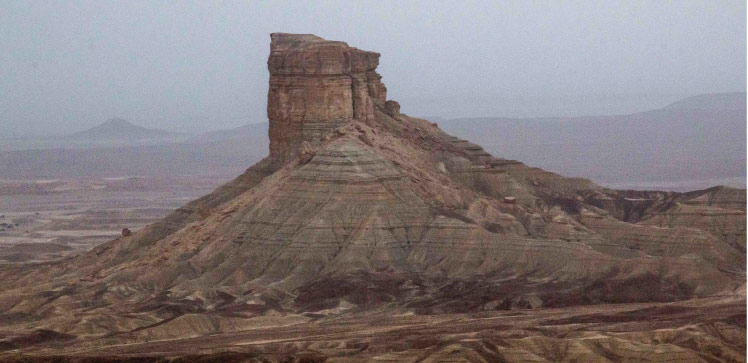
The Tuwaiq escarpment in the Eastern Province of Saudi Arabia is known locally as "The Edge of the World." © 2022 Linda Polik. /en/article/1201/understanding-how-gas-evolves-could-help-the-transition-from-fossil-fuels
The Tuwaiq escarpment in the Eastern Province of Saudi Arabia is known locally as “The Edge of the World.” © 2022 Linda Polik. /en/article/1201/understanding-how-gas-evolves-could-help-the-transition-from-fossil-fuels
Unconventional oil and gas reserves will support the transition away from fossil fuels. However, to extract these fuels as efficiently and cleanly as possible requires detailed knowledge of their maturation and timing and the mechanisms of their migration over geologic time. Now, KAUST researchers have developed a modeling framework that provides robust predictions of the pore-pressure evolution of the Tuwaiq Mountain shales in the Jafurah Basin, Saudi Arabia. Such predictions are critical for optimizing the recovery of oil and gas directly from source rocks.
“Saudi Arabia has successfully produced oil and gas using hydraulic fracturing (or ‘fracking’), and this inspired us to examine the evolution of the Jafurah Basin,” says Syed Haider, a Ph.D. student who worked on the project under the supervision of Thomas Finkbeiner and Tadeusz Patzek. “We modeled the timing of different processes through which the basin evolved and predicted the present-day pore pressure. Such knowledge is key to the planning and optimization of hydraulic fracturing.”
How organic matter is converted into oil and gas and migrates in microfractures within rocks is determined by multiple factors, including the rate of thermal heating, source rock composition and the chemical properties of the organic material. Structural evolution, mechanical stresses and water content also play key roles. Different hydrocarbon compositions will appear at different times throughout a given formation’s evolution.
The researchers developed a numerical model to determine the most likely history and the current state of the Tuwaiq Mountain shale formation. The model highlights how horizontal microcracks began to form and grow in the formation around 65 to 60 million years ago, with vertical cracks appearing around 10 million years later. Their results highlight the subsequent creation and migration of different hydrocarbons in the rock and predict a methane gas storage capacity of 500 to 700 standard cubic feet per ton of source rock. The gas contained in the rock pores is held under high pressure of around 6,500 to 9,000 psi.
“We propose that bitumen plugging, which disconnected the pores during secondary cracking of oil to gas, is the most likely reason why this level of pressure has been maintained for millions of years,” says Haider.
“To our knowledge, this is the first coupled model of microfracturing and pore pressure evolution in an organic-rich source rock,” he adds. “The Jafurah Basin holds 200 trillion cubic feet of wet gas. If successfully produced, the monetary influx would support the long-term economic goals of Saudi Arabia and aid transition to a clean energy infrastructure and reduced greenhouse gas emissions.”
References
- Haider, S., Patzek, T.W., Finkbeiner, T. & Littke, R. Numerical modeling of microfracturing and primary hydrocarbon expulsion in the Jurassic Lower Tuwaiq Mountain shale: A conceptual framework. AAPG Bulletin (2022).| article
You might also like
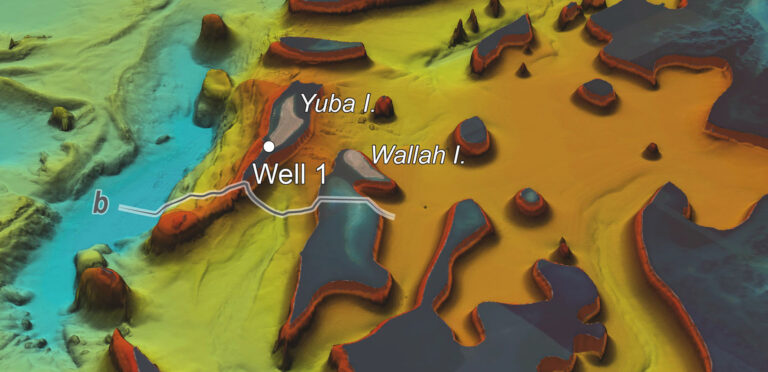
Energy Resources and Petroleum Engineering
Exploring the evolution of the Red Sea’s carbonate platforms
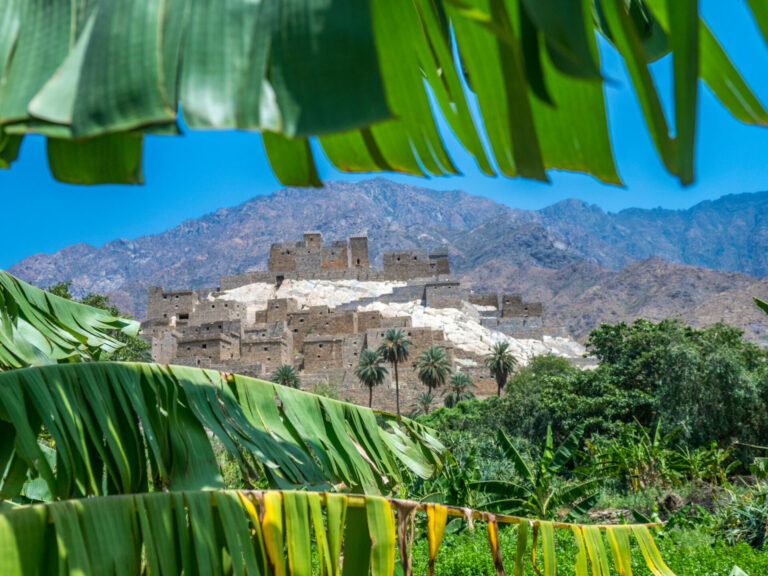
Applied Mathematics and Computational Sciences
Measuring the impact of desert greening

Applied Mathematics and Computational Sciences
Data-driven regional ocean models essential for planning

Chemistry
Laser treatment boosts battery performance
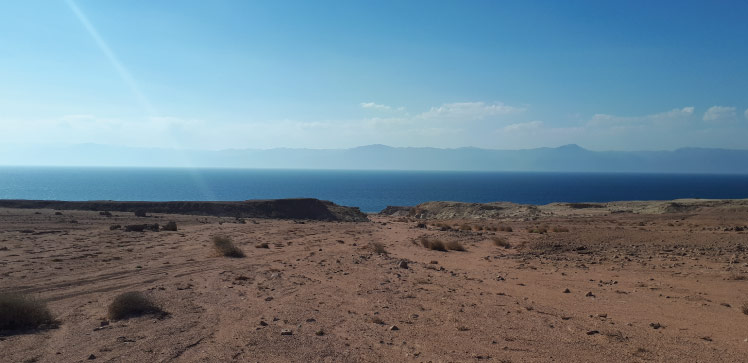
Energy Resources and Petroleum Engineering
Seeing through sediment reveals Red Sea tectonics
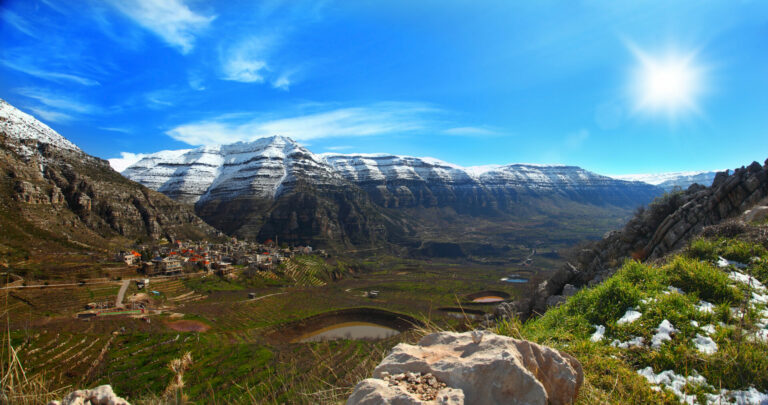
Energy Resources and Petroleum Engineering
Modeling complex faults on the Sinai-Arabia plate boundary
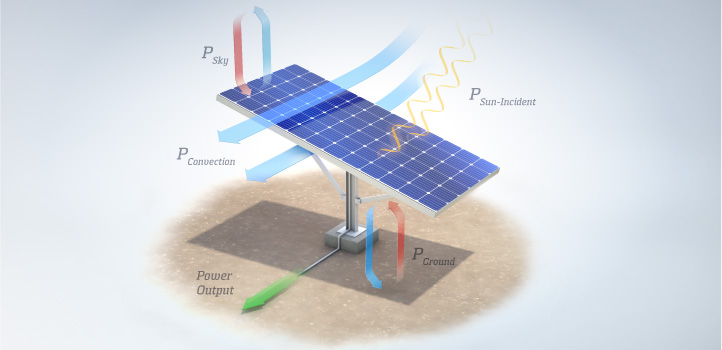
Energy Resources and Petroleum Engineering
Pay-off when solar cells can keep their cool

Energy Resources and Petroleum Engineering




